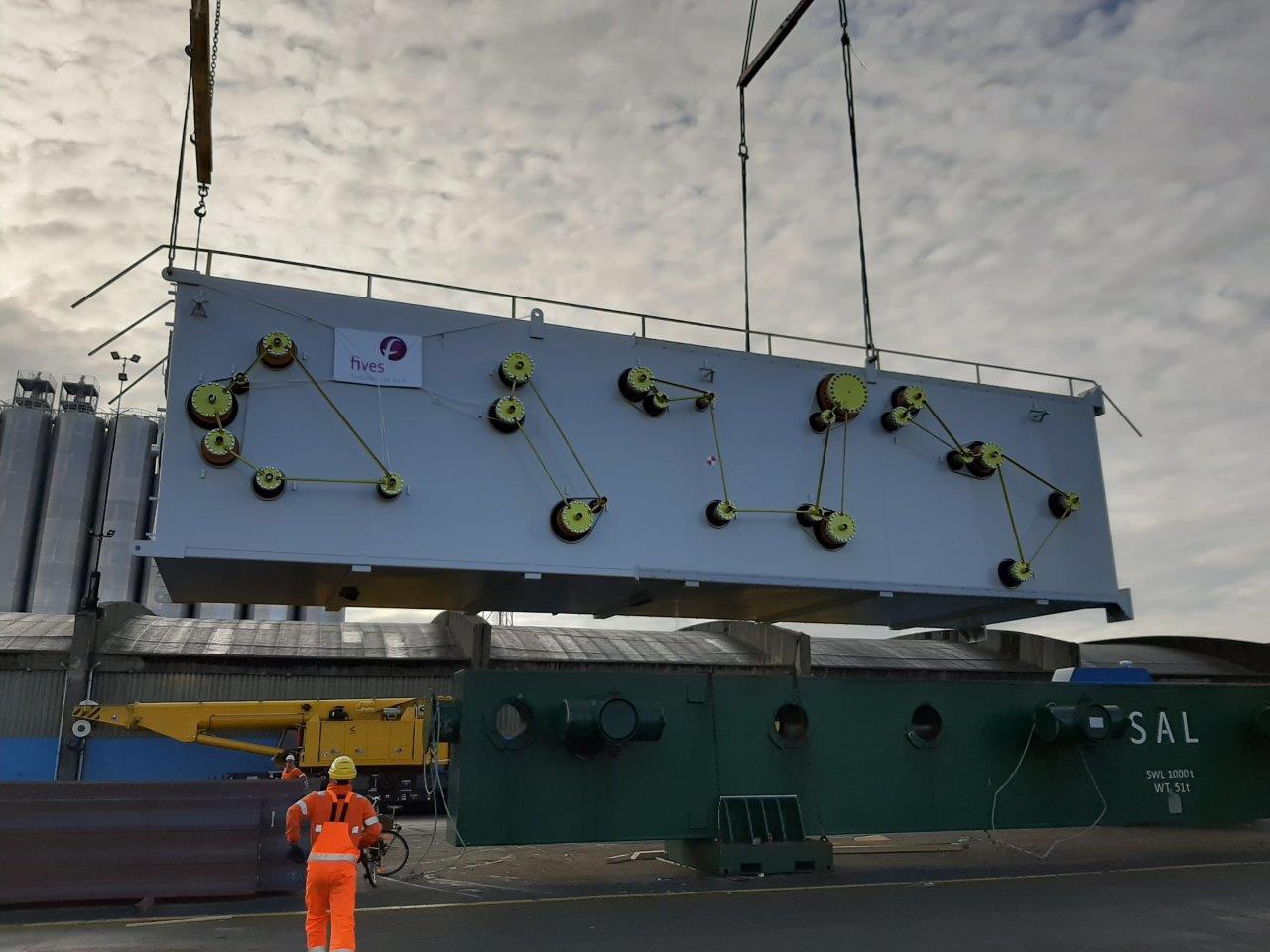How do you look at the market of logistics for construction equipment in India?

Indian Construction Equipment market is revolutionizing in terms of the development of the infrastructure and construction sector in the country. Growing public & private infrastructure, FDI reforms for the construction sector, and highway projects has led to the overall surge in demand for construction equipment in India. India is expected to become the world's third-largest construction market by 2022. India will require an investment worth Rs. 50 trillion (US$ 777.73 billion) for infrastructure growth by 2022, for sustainable development in the country. The initiative 'Infrastructure for Resilient Island States' (launched in November 2021) gives India a huge opportunity to contribute to the betterment of other developing countries worldwide. In March 2021, the Parliament passed a bill to set up the National Bank for Financing Infrastructure and Development (NaBFID) to fund infrastructure projects in India, which was a good initiative. According to the publisher, India’s Construction Equipment Market size is projected to grow at CAGR of 23.3% during 2021-27. The growth can be attributed to rising investment in the growing public & private infrastructure, FDI reforms for the construction sector, and highway projects, has led to the overall surge in demand for the construction equipment market in India. In addition, the government’s upcoming projects such as Smart City, Golden Corridor, Housing for all, restructuring and expansion of railways, etc. would bolster the growth of construction equipment during the period. The construction sector occupied more than 60% of the revenue share in the country in 2020, owing to the high use of construction equipment in various applications such as retail, government & transportation, commercial offices, industrial & manufacturing, railways and residential. The market is witnessing an upward trend in adopting multifunctional equipment to cater a wide range of applications for construction and mining sites.
Upcoming trends in the context of sustainability and logistics industry are:
India aims to reduce its carbon emissions by 45 percent and become carbon neutral by the year 2030. To help India, reach this goal, the evolution and integration of technology in the logistics industry, have started finding new ways to supplement the environment. Electric Vehicles, LNG, Hydrogen Fuelled Vehicles are the new generation trends and innovative enhancements that would help in the growth of a sustainable environment. A lot of OEMs are already working towards developing greener sustainable practices such as Hydrogen Fuel Cell Truck thereby other big firms are stepping forward in setting up the infrastructure for green hydrogen. CJ Darcl shifted its business from road to rail transport and moved 2.4 million tons of cargo last year. Thus, saved approximately 70% of Carbon Emissions when compared to roads. Another major shift by CJ Darcl is transforming its operations from Road to Coastal through Barges and approximately 4 lac Tons of cargo moved by CJ Darcl Logistics last year with a carbon saving of 85-90% approx.
The only challenge with ecosystem partners is that electric vehicles have a limited range of 160 to 200 km per charge, can only travel 3000–3500 km locally in a month with less payload capacity of about 2 tonnes due to the battery load, and cost at least 3.5 times as much as conventional vehicles. Due to the lack of charging stations, there are also infrastructure issues. In the case of road rails, short haul will need different or customized infrastructure for various deliveries and mountain slopes and ghats will remain a challenge therefore, national highways and straight roads will be convenient to it. Stringent MoRTH policies and RTOs are not aware of the road-rail, so problems may arise at interstate borders. Hub & spoke infrastructure must be created for the trailers for the local movement of the cargo.
According to "Pathway to Net Zero," the logistics industry produces 8.2 gigatons of CO2e and almost 23.3% of all worldwide emissions, about 74% of which come from road transportation.
Illustrating the movement of cargo- road vs rail vs coastal. Keeping the standard distance of 1500 km and standard payload of 40 tons. When the payload of 1 truck i.e., 40tn approx. is moved via road, it emits 1940 kg of CO2 and when we carry the same cargo by rail, it can carry more weight forming 1 rake of 7-8 containers per 40tons and the emission by road is 40 times more than by rail. Furthermore, if we take the coastal path, it will release 700 times less as compared to the road.
Considering the recent government initiatives like PM-Gati Shakti, Sagarmala, and Bharatmala projects, which are primarily focusing on infrastructural development will also help in supplementing the environment. Therefore, we can conclude that multimodal transport will thereby improve the connectivity which is the key factor to a sustainable environment.
- Art
- Causes
- Crafts
- Dance
- Drinks
- Film
- Fitness
- Food
- Juegos
- Gardening
- Health
- Home
- Literature
- Music
- Networking
- Other
- Party
- Religion
- Shopping
- Sports
- Theater
- Wellness
- IT, Cloud, Software and Technology


